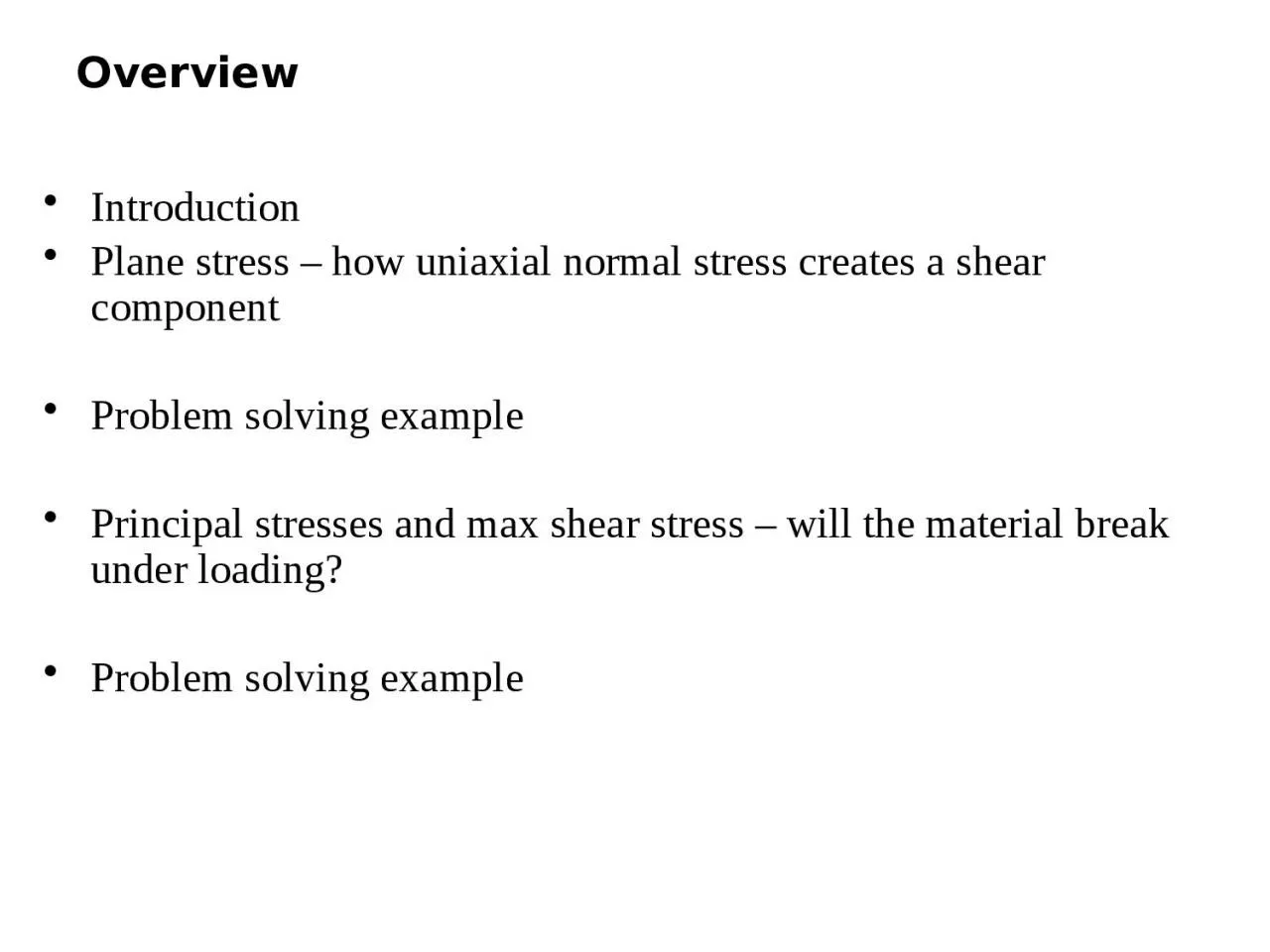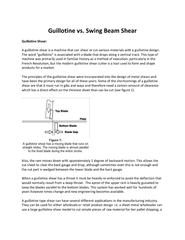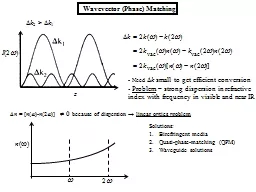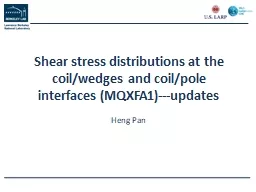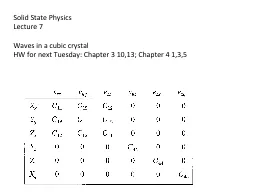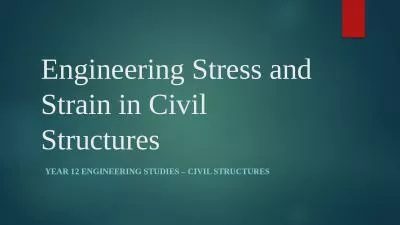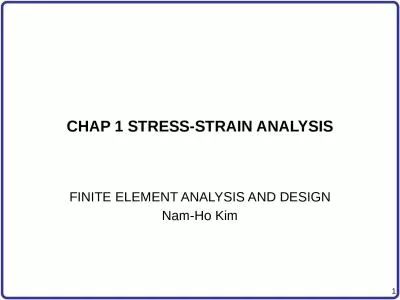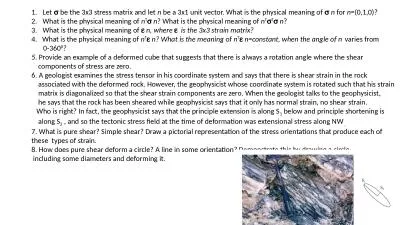PPT-Overview Introduction Plane stress – how uniaxial normal stress creates a shear component
Author : queenie | Published Date : 2023-10-26
Problem solving example Principal stresses and max shear stress will the material break under loading Problem solving example Introduction stresses at a point
Presentation Embed Code
Download Presentation
Download Presentation The PPT/PDF document "Overview Introduction Plane stress – ..." is the property of its rightful owner. Permission is granted to download and print the materials on this website for personal, non-commercial use only, and to display it on your personal computer provided you do not modify the materials and that you retain all copyright notices contained in the materials. By downloading content from our website, you accept the terms of this agreement.
Overview Introduction Plane stress – how uniaxial normal stress creates a shear component: Transcript
Download Rules Of Document
"Overview Introduction Plane stress – how uniaxial normal stress creates a shear component"The content belongs to its owner. You may download and print it for personal use, without modification, and keep all copyright notices. By downloading, you agree to these terms.
Related Documents

